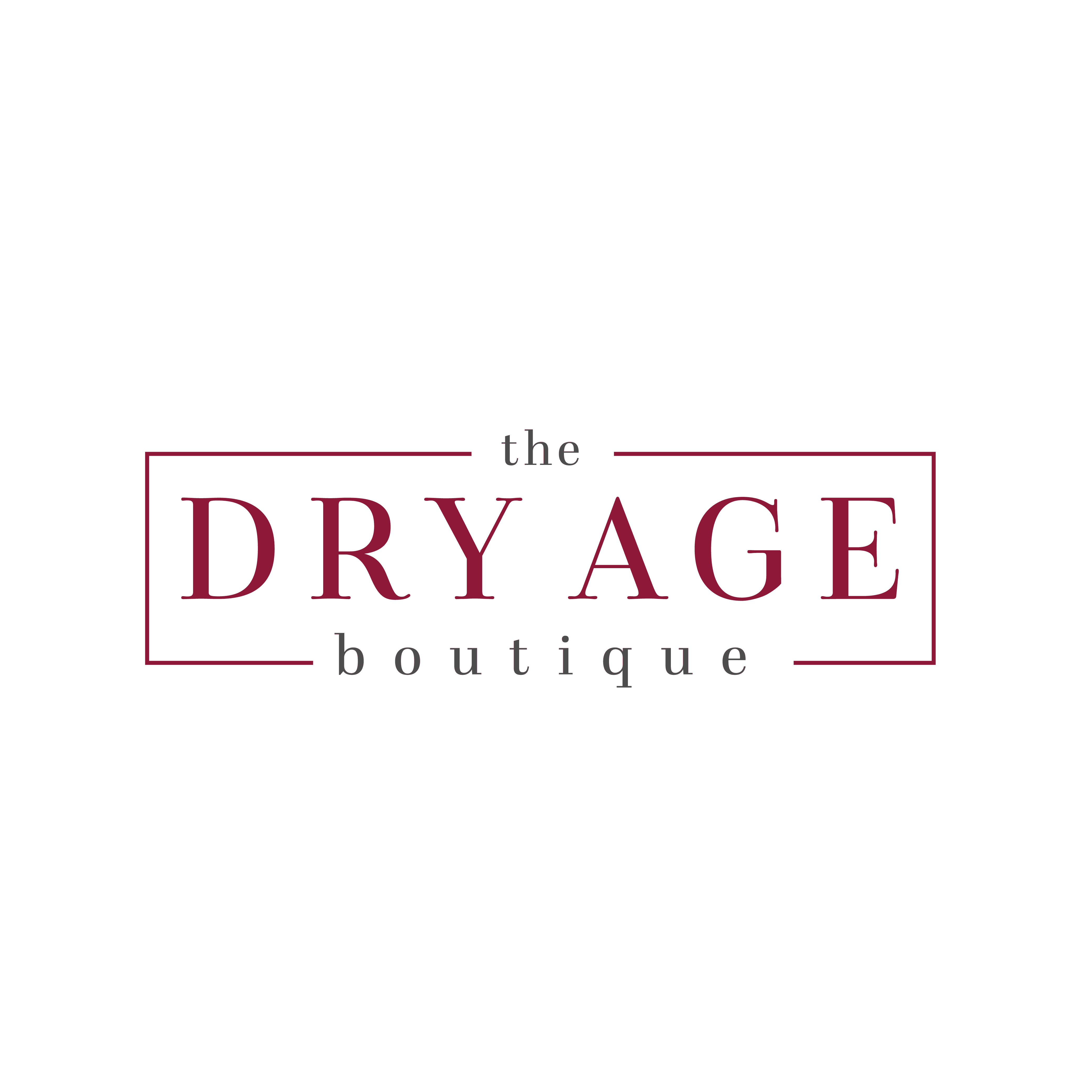Featured Article by Caterer Middle East
Original link from Caterer Middle East.
Click here to get redirected to the original article.
Mirco Beutler, founder, The Dry Age Boutique in Dubai’s Wafi Mall explains why it’s so popular.

The dry aged meat trend is currently something everyone is talking about in the region. Not only renowned chefs in Michelin-starred restaurants, but also pitmasters, hobby grill lovers, and amateur cooks swoon over the unique taste of dry aged meat and are beginning to use it more frequently.
What is dry aged meat? The simplest way to explain it is to think of it like making cheese or wine. Dry ageing is a process of controlled decomposition of the product you crafting. It’s actually one of the oldest methods in the world and is used to elevate the quality of meat by tenderising it and making it more flavourful.
Of course, now we have modern technology to help us fine-tune the process and make it as safe as possible. The meat is placed in a dry ager, which is basically a self-contained laboratory refrigerator keeping the product at a consistent temperature and humidity above 75 percent. It also contains a UVC light, which is necessary to sanitise the chamber eliminating the bad bacteria while preserving the good bacteria. This ensures that the meat is matured safely.
There’s a craft, a skill, and a style to aging beef. It involves thousands of hours and millions of chemical reactions. Different kinds of meats change over time and it’s interesting to see how the flavor profile changes over 30, 60, and 95 days. Fattier, more marbled meat can withstand more extreme ageing, but it also needs to age long before the effects are noticeable. You can then experiment with other techniques. For example, butter ageing is a method using clarified butter applied to a very cold piece of short loin or an oven-prepared rib. This method doesn’t really impact the flavour but the shape will remain much more beautiful and the deformation during the ageing process is kept to a minimum. It’s also important to consider that not every cut of meat is suitable for dry ageing. Grass-fed beef for example has a smaller window of effective ageing as it contains different kinds of fats than grain-fed beef and it doesn’t oxidise as well. I personally would not advise using grass-fed beef. It’s better to leave it as it is.
Of course, all this comes at a price. By the end of the aging process and once it’s trimmed, the meat loses approximately 40 percent of its actual weight. But people value the taste and are happy to pay a premium for the dry age experience. For me, discovering dry-aged beef was life-changing when I first experienced the flavour in Delmonico’s New York. It smells so good. It’s got a smell like a truffle has a smell. It’s almost addictive. If you look at the dry aged meat, the outside gets so hard you have to break into it, like a mountain cheese. But then the meat underneath reveals itself, and it’s red and beautiful, soft, juicy and very tender.
What was once a niche market is becoming increasingly popular with dry aged meats bringing added value, especially to homegrown restaurant concepts that are able to offer not just more intense variety and flavours but also if they choose to age in-house a dry ager can serve as an Instagrammable point of interest that gets conversations going. In the very short time that The Dry Age Boutique has been open, I’ve found that consumers are really curious and the response has been great so far. I’ve even had customers come from Bahrain and Saudi Arabia to experience the concept. There’s a growing appetite for food knowledge. If I can spend some time sharing what I know and, as a result, they go home with some dry-aged steaks to share with their friends and family, that’s the perfect outcome.
Share this article:
Recent Posts

Sama Dubai TV: First Destination features The Dry Age Boutique



